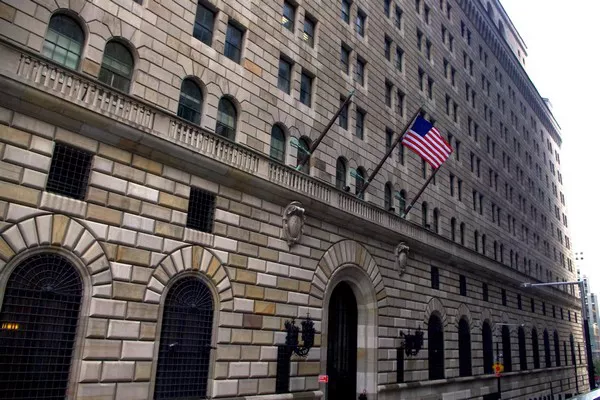In Asia on Tuesday, the euro/dollar currency pair rose for the fourth consecutive day and rose to its highest level since August 11. EUR/USD is currently hovering around 1.0960 and appears poised to extend its recently established uptrend amid increased sell-off in the US dollar (USD).
The U.S. dollar index (DXY), which tracks the greenback against a basket of currencies, fell to an almost three-month low and continued to be weighed down by growing prospects of an end to tightening policy by the Federal Reserve. Additionally, the growing likelihood that the Federal Reserve will cut interest rates earlier than the European Central Bank (ECB) in 2024 is another tailwind for EUR/USD.
Current market pricing suggests the Fed could begin easing policy as early as March 2024. In contrast, European Central Bank President Christine Lagarde reiterated on Monday that the fight to curb price growth is not over, forcing investors to lower expectations that the central bank’s next move will be to cut interest rates. This in turn validates the positive outlook for EUR/USD and supports the prospects for further gains in EUR/USD.
Currently, market participants are expecting the release of the German GfK Consumer Confidence Index to provide some impetus to EUR/USD ahead of the release of the Conference Board Consumer Confidence Index. Apart from this, a series of influential Fed official speeches will impact the USD price dynamics and provide some momentum to the EUR/USD pair. At the same time, the above-mentioned fundamental background suggests that the upward resistance of EUR/USD remains minimal.
However, bullish traders may avoid aggressive bets ahead of key inflation data from the euro zone and the United States this week. Preliminary data on consumer inflation in Germany and Spain will be released on Wednesday. This will be followed by euro zone inflation data on Thursday and the US core PCE price index (the inflation measure watched by the Fed) on Thursday, which will drive EUR/USD in the short term.


